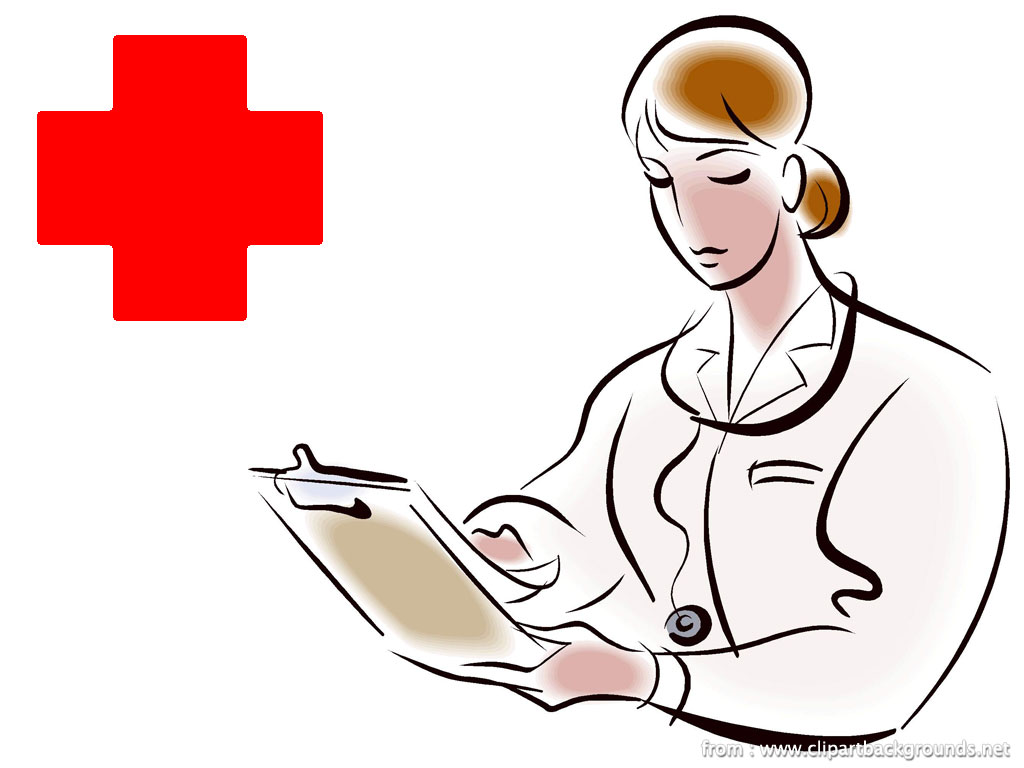Stepping into the world of massage therapy in South Korea is like entering a vibrant tapestry where traditional practices blend seamlessly with the brisk tempo of modern life. For many Koreans, massage is more than a luxury; it’s a cherished cultural tradition that underscores the importance of wellness and balance. The age-old technique known as ‘anma’—the Korean term for massage—has been lovingly passed down through generations, serving as a nurturing escape from the demands of everyday living. For a comprehensive learning experience, we recommend this external resource filled with additional and relevant information. 출장마사지, discover new viewpoints on the topic covered.
My first experience at a traditional jjimjilbang, or Korean bathhouse, was nothing short of enlightening. Surrounded by locals savoring steamy saunas, dipping into mineral-rich baths, and indulging in soothing massages, I was enveloped in a spirited yet tranquil atmosphere. It quickly became clear that in South Korea, prioritizing one’s well-being is viewed not as a mere indulgence but as a vital component of life itself.
As I absorbed the many stories shared around me, I grew to appreciate the deeply familial roots of massage. It struck me that this isn’t just an isolated practice; for many, visiting a spa is a cherished tradition, often done in the company of parents or friends. These shared experiences foster not only physical well-being but also strengthen social bonds, intertwining health and happiness in a single thread.
Modern Views and Work-Life Balance
Diving deeper into the culture of massage, I began to grasp the modern hurdles faced by many South Koreans—grueling work schedules and societal pressures frequently eclipse the emphasis on self-care. With long hours dominating daily life, it’s no surprise that a significant number of people seek refuge in the soothing comfort of massage therapy as a means to unwind.
Through conversations with locals, it became evident that many view massage as a crucial antidote to the challenges of day-to-day life. One friend confided in me how she emerged from just an hour-long session at her neighborhood spa feeling mentally refreshed, as if she had hit a reset button on her mind. This intimate experience—having someone skillfully ease her tensions—was often seen as a path to reclaiming clarity amid the chaos of urban living.
This perspective offers a refreshing lens on read what he said might be seen as mere indulgence in other cultures. In South Korea, massage therapy stands as a means to restore balance in a society that often feels skewed.

The Unexpected Variety of Massage Styles
What fascinated me immensely in South Korea was the incredible range of massage styles available, each catering to different needs and preferences. From time-honored techniques steeped in history to innovative methods blending Eastern and Western practices, there truly is something for everyone.
During one visit, I indulged in a specialized Korean deep tissue massage that left me feeling invigorated rather than the typical post-massage soreness. The therapist skillfully applied strong pressure, pairing it with gentle stretching that revived my weary muscles. This vast array of options reflects a broader trend in South Korea—a commitment to innovate while honoring traditional practices.
This diversity not only highlights a rich cultural heritage but also showcases an evolving understanding of individual body needs. Exploring these options allowed me to engage deeply with the cultural fabric of South Korea while making meaningful choices for my own health.
Health and Wellness Integration
Massage therapy in South Korea exists as part of a wider health and wellness culture, which encompasses not just physical treatments but also nutritional choices and mental practices. Many Koreans actively incorporate regular massage sessions with holistic activities, such as yoga and tai chi, alongside a diet that emphasizes fresh, wholesome ingredients.
Throughout my journey, I discovered the remarkable ways in which these practices complement one another. A satisfying meal often follows a massage—perhaps a hearty bowl of bibimbap brimming with vibrant vegetables and proteins. This holistic approach to health felt empowering, and experiencing it firsthand was nothing short of gratifying.
A particularly enlightening conversation with a wellness coach opened my eyes to how many Koreans embrace a preventive mindset regarding health. It’s not solely about addressing discomfort as it arises, but rather about nurturing both body and mind consistently. Clearly, the integration of massage therapy plays a pivotal role in supporting overall well-being.
Paving the Way Forward
As I reflect on my experiences, I see a wealth of wisdom in South Korea’s approach to massage therapy that we can all learn from. In a world that often prioritizes productivity, finding time for our wellness can feel like an uphill battle. However, the cultural attitudes I witnessed in Korea demonstrate that self-care should take its rightful place as a priority—right alongside meeting deadlines and achieving personal goals.
Inspired by what I learned, I am eager to explore different wellness practices and weave them into my everyday life. Whether through massage, nutritious eating, or shared experiences with others, I aspire to cultivate a balanced lifestyle where self-care is not merely an afterthought but a fundamental part of living fully. Perhaps this is where diverse cultures can converge, valuing the quality of well-being as much as the quantity of productivity. Do not pass up this worthwhile external material we’ve arranged for you. Explore it to gain further knowledge about the topic and discover novel aspects. 출장마사지, expand your comprehension of the subject.

